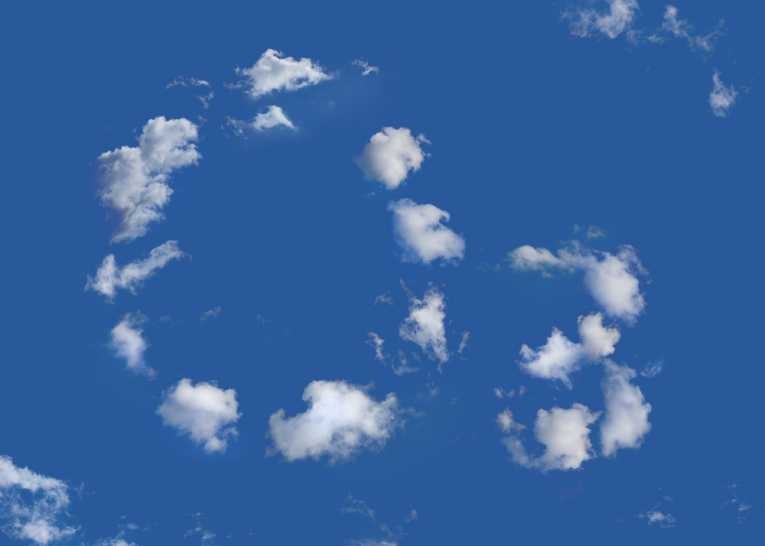The ozone that saves the planet from direct ultraviolet light (UV) and ultraviolet radiation sits in the stratosphere above us. It has been there since oxygen rose in quantity in the atmosphere to form almost 20% of our "air." Before that time, organisms had lived without respiration as we appreciate it, but the changes that took place with the evolution of aerobic respiration created a multitude of life. Ozone itself is simply oxygen with an extra atom (O3, instead of the normal O2.)
It is destroyed at that altitude because the UV splits the oxygen molecules into atoms. These atoms combine in threes to make ozone. Of course the energy for this reaction uses up the UV, so the planet is saved. Life-threatening mutations such as skin cancer, cataracts and damage to immune systems would dramatically increase in many organisms. We check on polar ozone levels using satellites and weather balloons, but the story of how CFCs threatened the ozone layer is recent and dynamically continuing.
With the recent death of Prof. Sherwood (Sherry) Rowland, the era of CFC danger may be drawing slowly to a close. That fight to link chlorinated fluorocarbons to ozone loss and then the urgency of convincing governments to act was led by notable scientists such as Sherry, who won the Nobel Prize for his chemistry in 1994, twenty years after his key paper. In the stratosphere, chlorine atoms are released from CFC refrigerants and aerosols that rapidly and continuously reduce ozone concentrations.

Without the Montreal protocol (1987) that Sherry inspired, we would still be releasing yet more CFCs. Nowadays the Arctic ozone hole seems to have peaked in 2011 while the Antarctic hole is stable. Complacency would be inappropriate however as the list of ozone destroyers is long and expanding. As well as long term remnants of CFCs, there is the following shopping list from hell:
Methyl bromide - Pesticide that is 40X more likely to destroy ozone!
Halons - Fire extinguishers which perform like methyl bromide
Tetrachlorethane - Common solvent, releasing chlorine into atmosphere.
1,1,1 trichlorethane - (same as above).
Methyl chloroform - Solvent for cleaning, as above
Of course, the idea is these are the ones you don't buy. Check in your cupboards and shopping basket. There may be some solvents there that can destroy life as we know it! At the poles, where it matters, ozone-depleting chemicals have fallen in concentration by only 10% from their peak. This possibly means a long wait before we can confirm that, for example, the Antarctic will fully recover its ozone by 2060.










